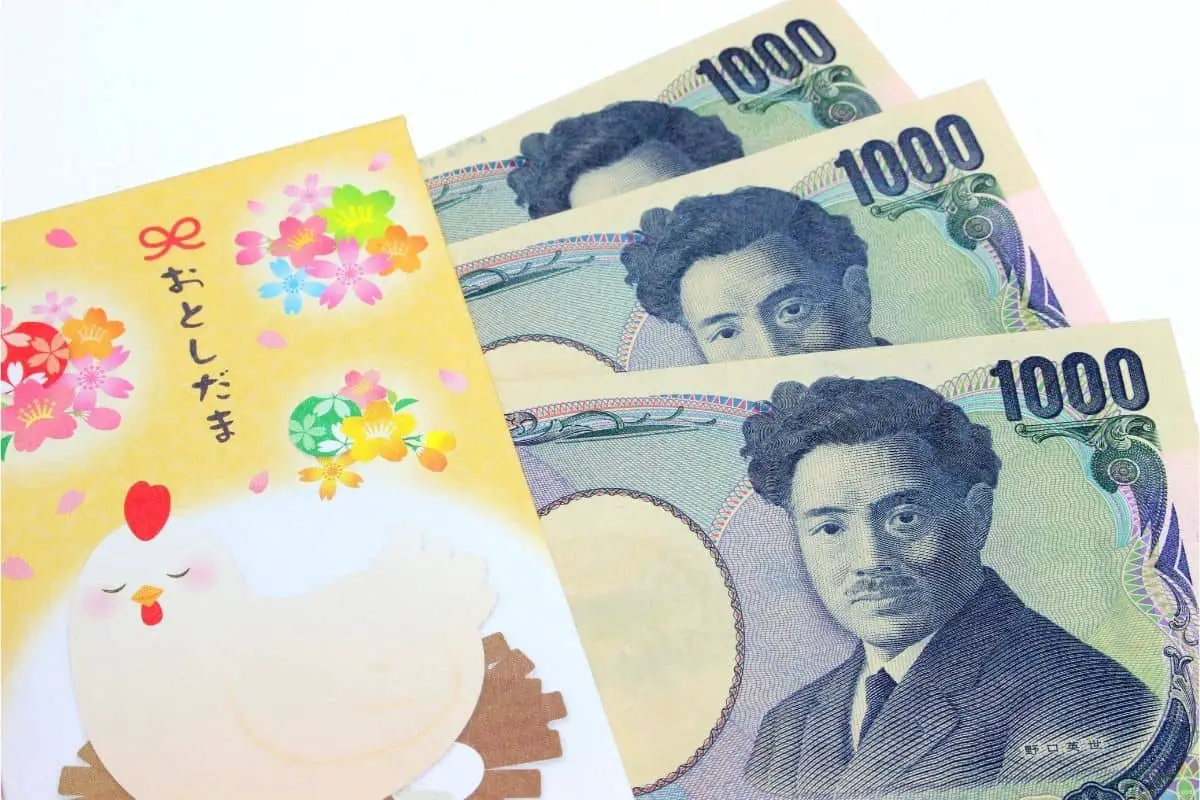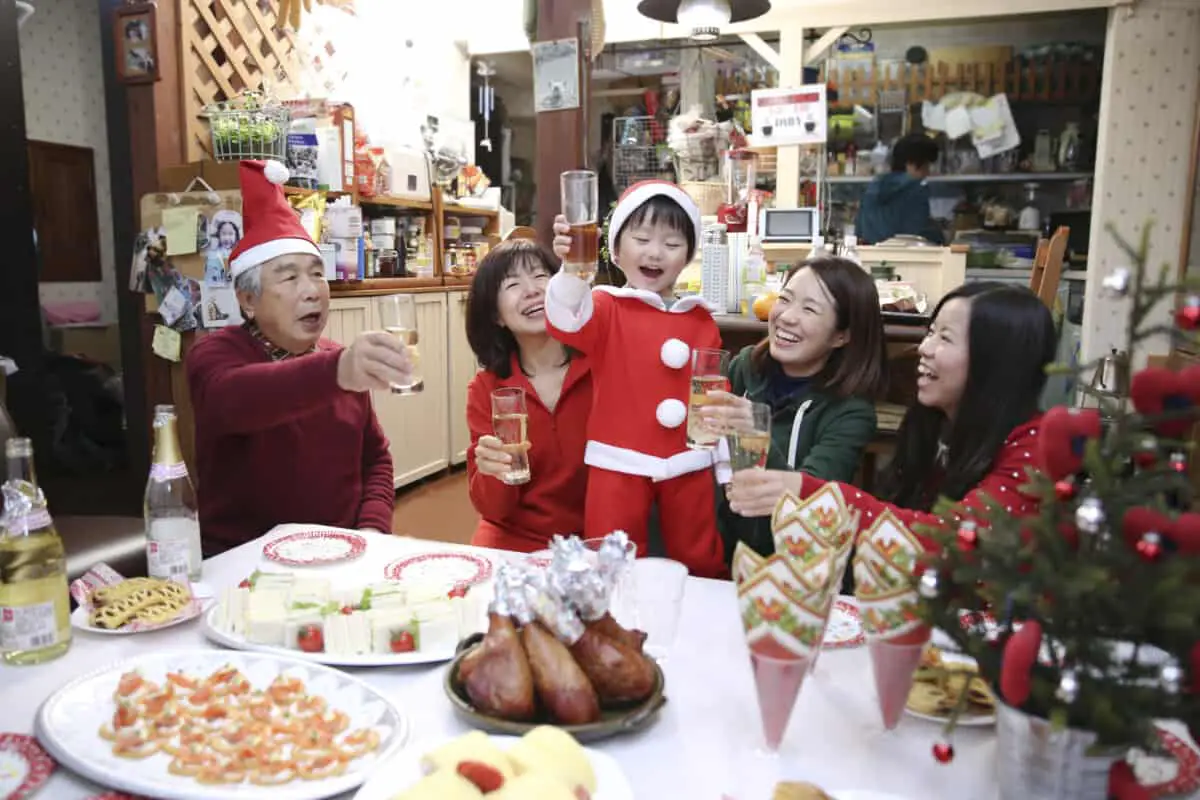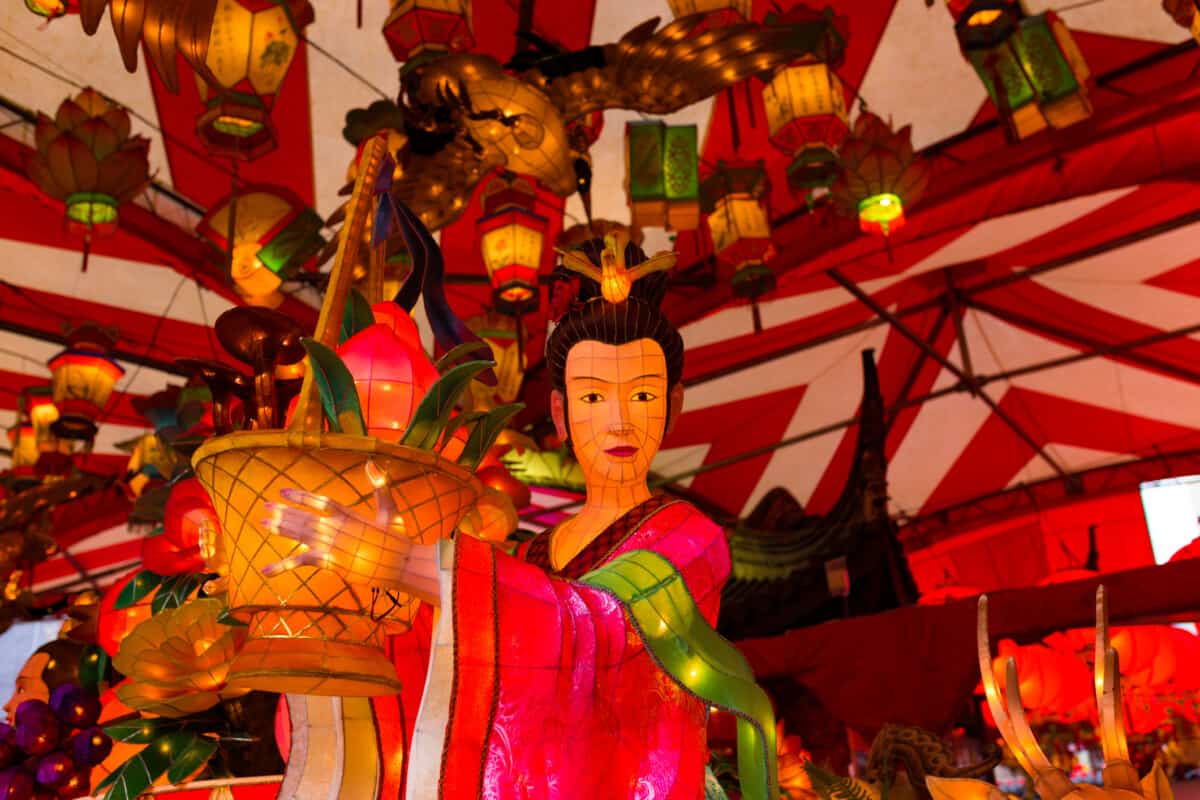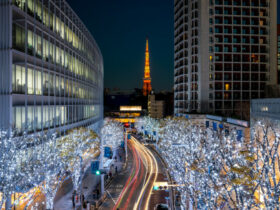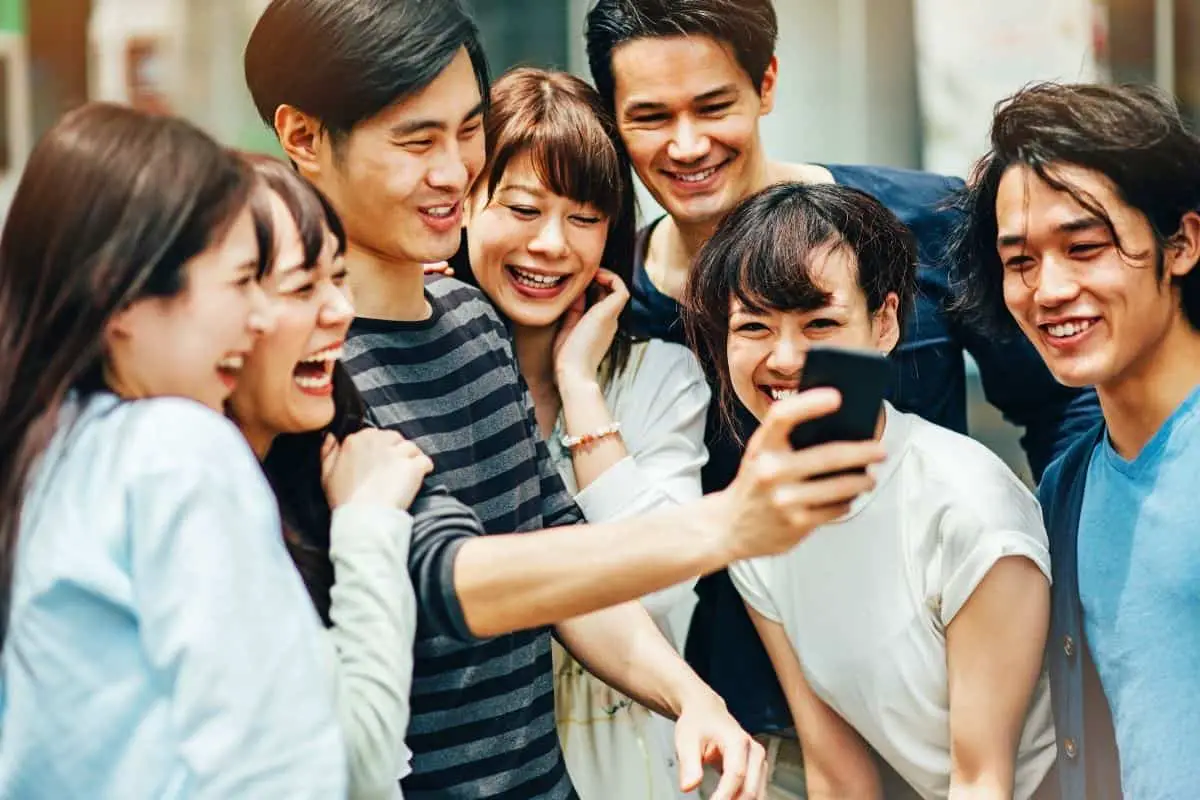The New Year is an exciting time for celebration in Japan. Children in Japan become especially excited for New Year, as they await their yearly otoshidama.
The otoshidama is a traditional type of gift given to children in Japan for the New Year. While the gift itself is usually the same, there are certain customs surrounding the tradition that Japanese families will follow.
What Gifts Are Given As Otoshidama?
What has been given as an otoshidama gift has changed over time, but it almost always consists of money currently. The only time it usually varies now is when the child is too young to have money.
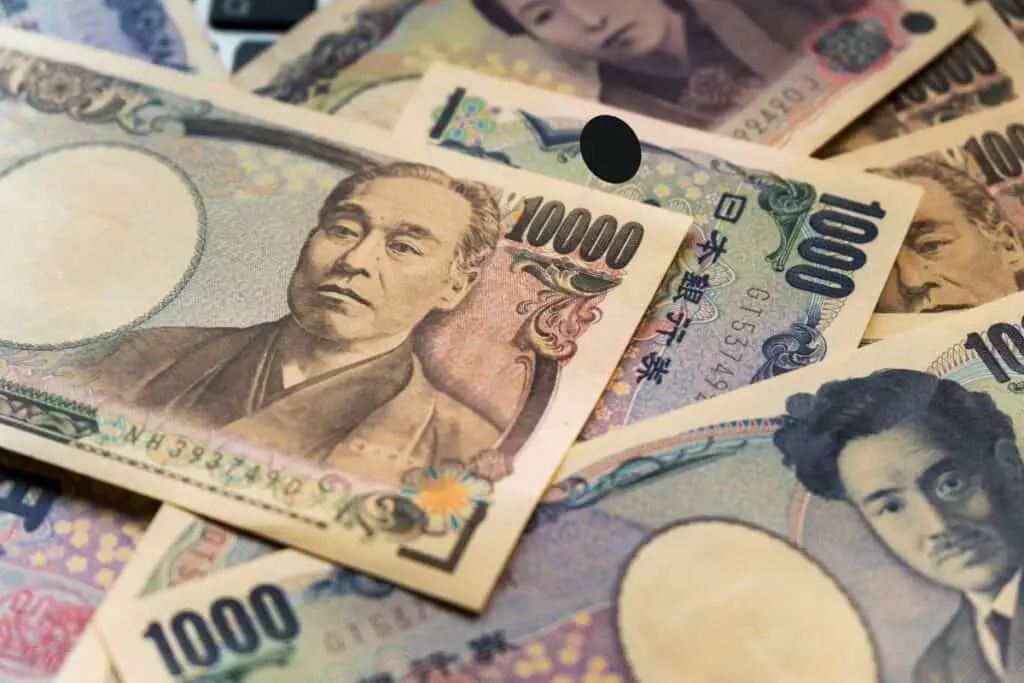
How Are Otoshidamas Given?
The money is placed in specific types of envelopes known as pochi-bukaro. These envelopes can be simplistic or colorful, and may also contain patterns or zodiac animal symbols.
You can also find these pochi-bukuro decorated with popular characters and common themes that are celebrated in Japan, such as particular symbols or Japanese patterns.
These envelopes are required, given that it’s considered rude to just hand someone money as a present in Japan.
These envelopes can be found in numerous shops throughout Japan, including in convenience stores.
When The Custom Of Otoshidama Started
Given that the New Year is such an important holiday in Japanese culture, it’s ideal to step into the new year appropriately to secure a solid year ahead.
Thus, many Shinto deities will be offered numerous items in hopes that they will protect the Japanese in the new year.
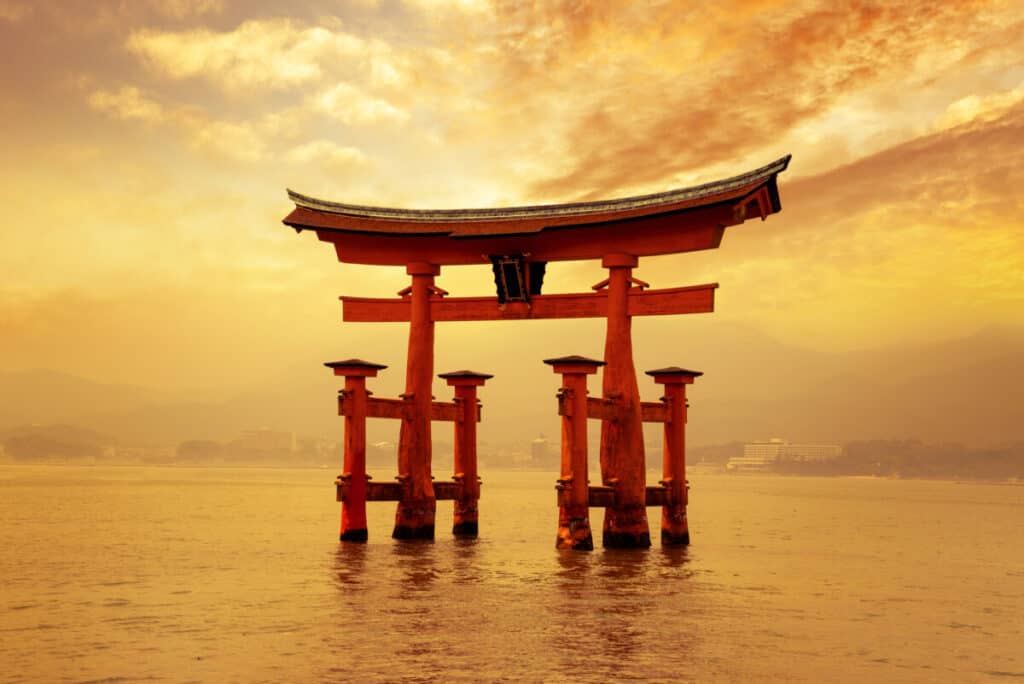
Given that there are deities that specifically protect children, it’s believed that giving otoshidama gifts to children are also given to the deities in a sense. However, it wasn’t always cash that was given to children.
Toshigami
Toshigami is the general name for the gods of the New Year according to the Shinto faith. They are also often revered as toshigami-sama, which is considered the formal, honorable way to address these deities.
It is believed that toshigami-sama will visit Japanese families during the New Year, so honoring them through offerings is customary.
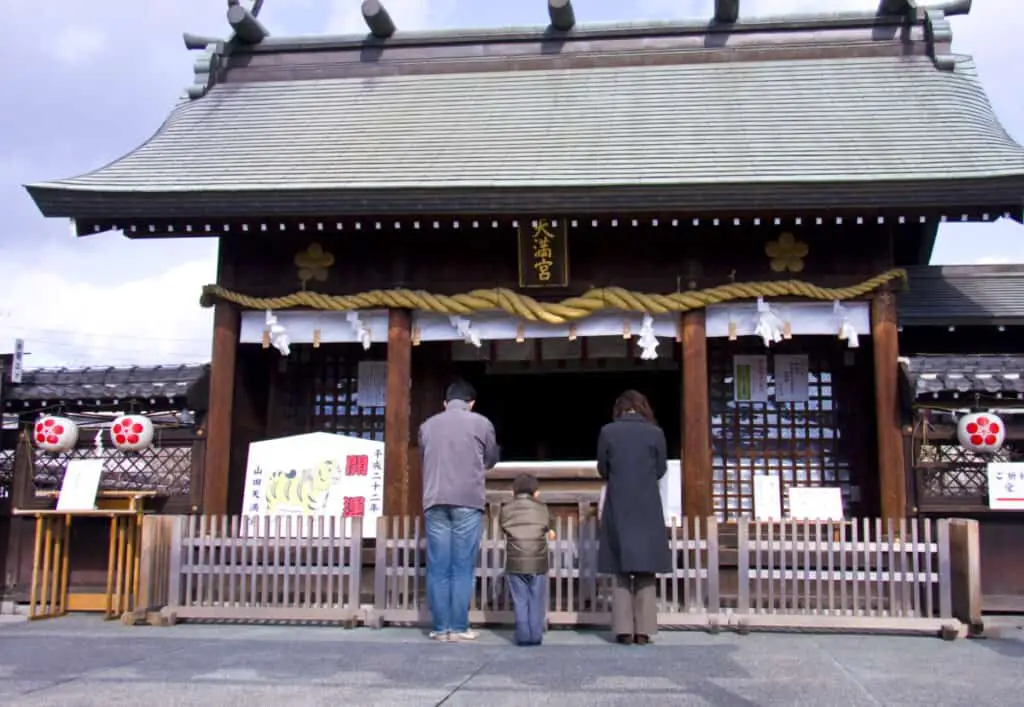
The First Otoshidamas
Before money was given to children in their otoshidama gifts, the gifts actually consisted of rice cakes. This is because rice cakes, known as tagashi-mochi at the time, used to be given as offerings to the god of the New Year as part of a Shinto ritual.
After the ritual was complete, families would go home with part of the rice cake coming home with them.
They would then crush up the rice cake and put it inside the paper and share it amongst themselves and other household members, as well as servants.
How Otoshidamas Evolved Over Time
The tradition of otoshidama evolved as people started getting together to celebrate the New Year. With these festivities, guests to Japanese homes would bring gifts to exchange, known as onenishi.
During the Edo period in Japan, it also became a tradition for people who were wealthy or business people to give gifts consisting of mochi and Japanese mandarin oranges.
These two customs eventually evolved into the tradition of otoshidamas, as gifts would start being given to children from family members for the New Year as well.
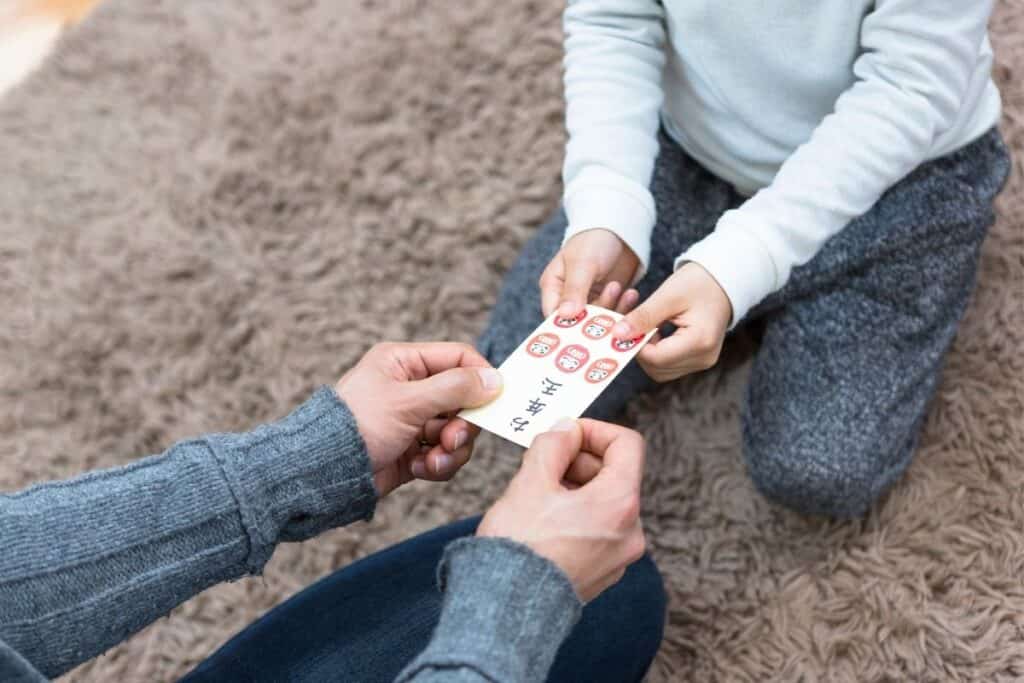
The Amount Of Money Given In An Otoshidama
Some families will follow unofficial rules for the amount of money to give children in an otoshidama. These aren’t set in stone, given that not all families can afford to give the same amount of money to children. This ensures no family is left out of the tradition.
Children will typically receive otoshidama until they are adults when they reach either 18 or 20 years old. The general guidelines some families will abide by are as follows:
- Preschool aged children: 2000 yen
- Elementary aged children: 3000 yen
- High school aged children: 5000 yen
The amount of money given might also depend on how many children are in a family, as well as if the child is a close family member, or perhaps the child of a close friend. Additionally, children might be given a different type of gift, such as a toy, when they are still too young to use money.
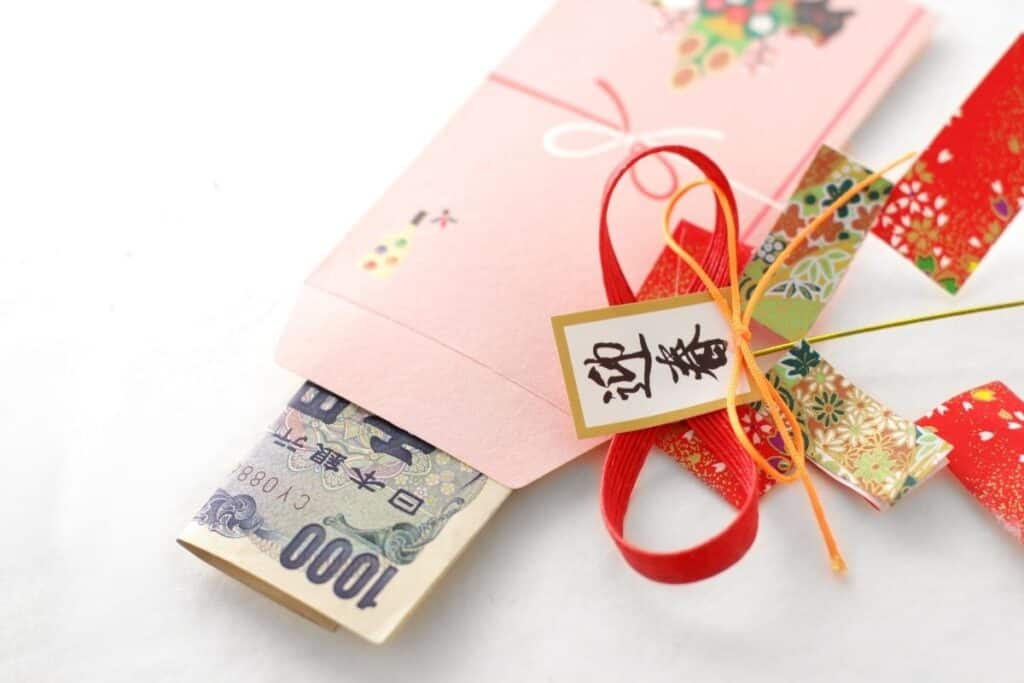
One important rule that Japanese families will follow when determining how much money to give their children is to avoid any monetary amount containing the number four or eight. These two numbers are considered bad luck in Japan.
The Expectations For How To Spend Otoshidama
There are no specific rules for how a child is expected to spend their otoshidama gift. Some parents will decide to let the child spend it how they wish.
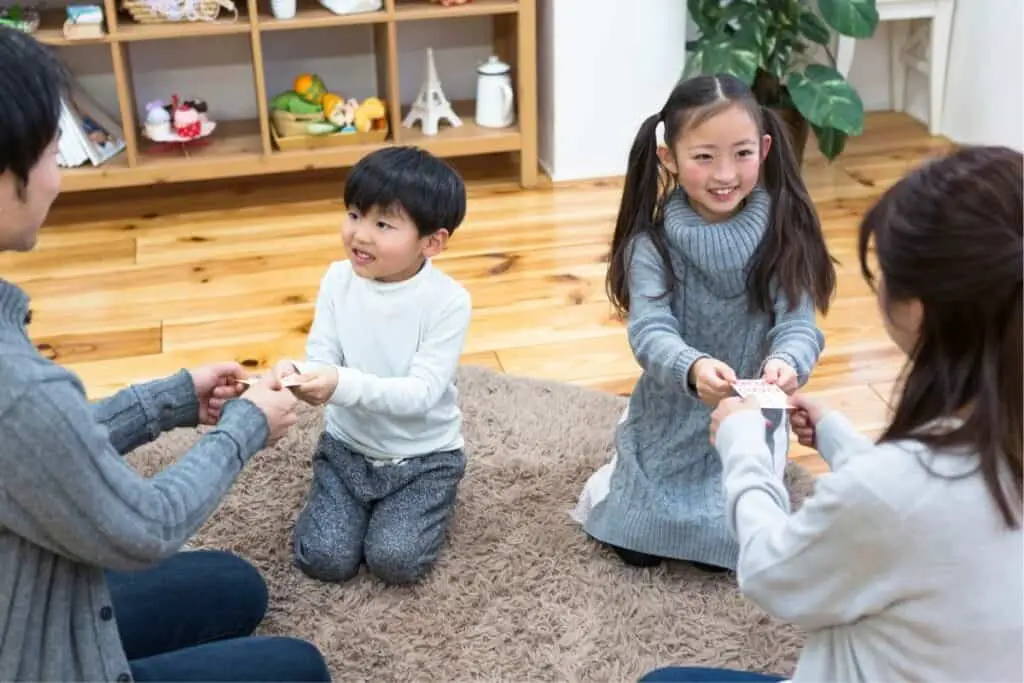
Others will ask the child to put away a portion in a piggy bank or some other type of savings. It may depend on how much money the child ends up receiving.
Children are also not expected to open the envelopes during the celebration, or in front of the person that gives them the Otoshidama.
Who Usually Gives Otoshidama?
For most families, it’s typically adult family members that are closely related that give otoshidama to children.
This includes parents, grandparents, aunts, and uncles. It is not expected that you give otoshidama to all the children you know; only those you have a mutual understanding with.
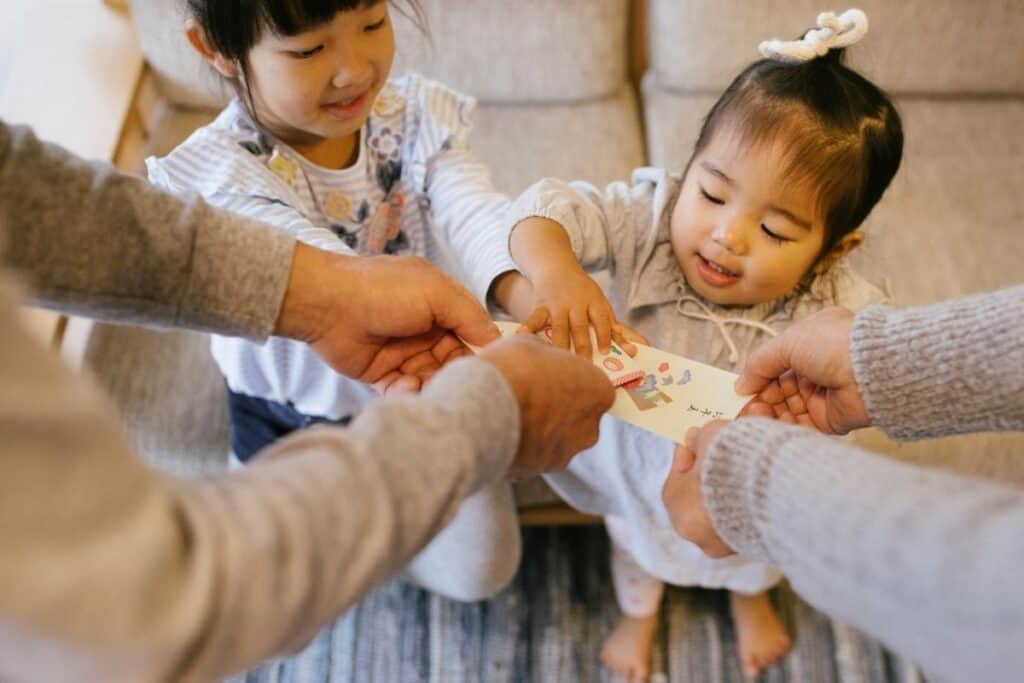
Other New Year Customs In Japan
The New Year is an exciting time in Japan, making Japan one of the best places to celebrate the New Year. Families will do many particular things in order to ring in the New Year in the best way possible.
Some of the customs followed in Japan include a thourough house cleaning, known as oosouji, as well as the preparation of specific foods known as osechi-ryori. They will also often put up specific decorations at the front of their homes.
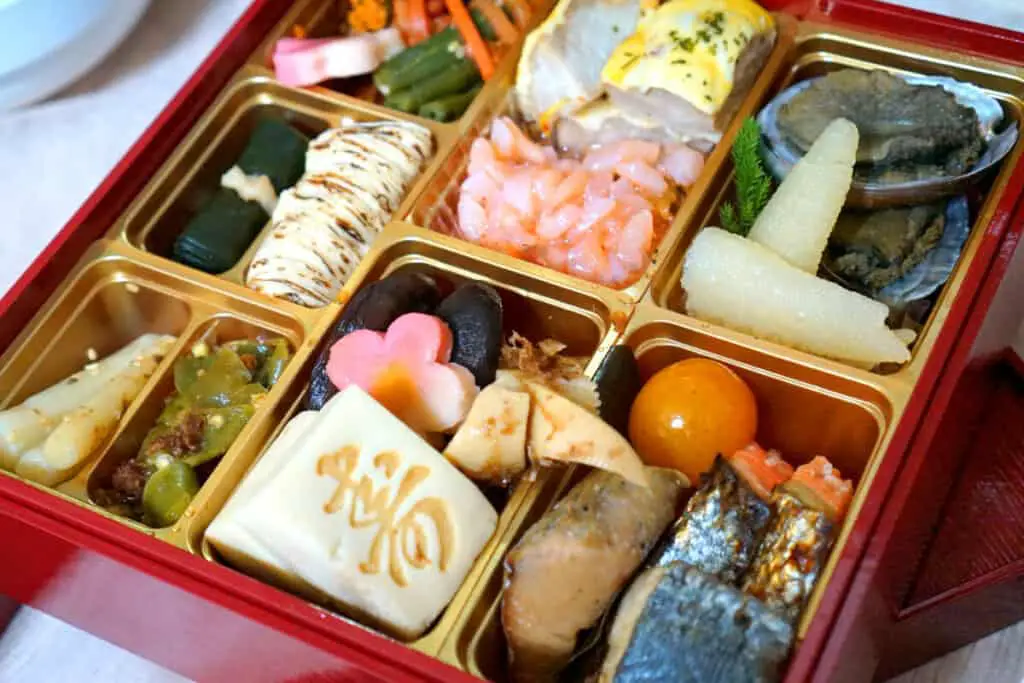
On New Year’s Day, many Japanese families will enjoy soba noodles together, either prepared at home or in a restaurant.
Some might also attend an omochi event, where steamed rice is brought to a location and everyone participates in pounding it to turn it into delicious mochi. On new year’s day, they will also often visit a temple or a shrine to pray.

